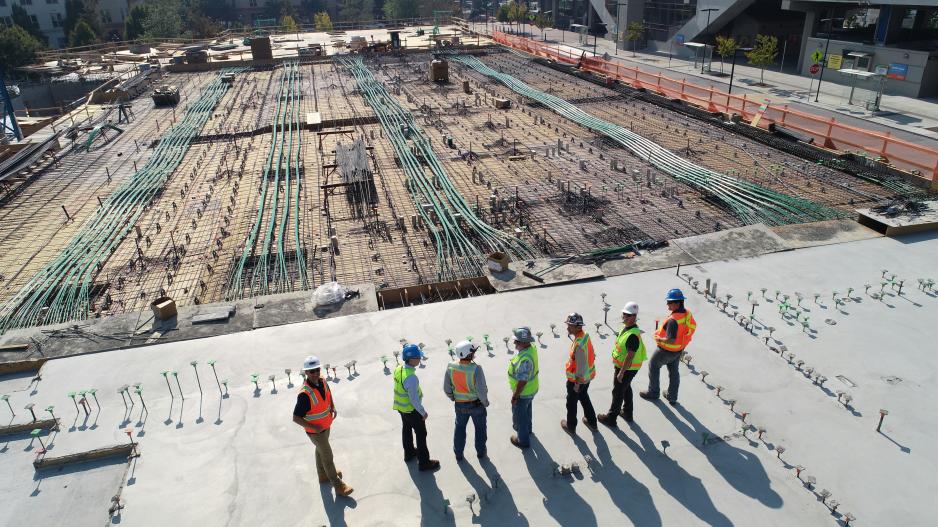July 2024 Construction Materials Price Index: Monthly Rise, Annual Drop
Annual Variation: -0.36%
The Construction Materials Price Index for July 2024 reached 117.65 points (base year 2021=100), reflecting a 0.15% increase compared to the previous month.
Year-over-year, the index registered a decrease of 0.36%. By major commodity category, decreases were noted in metallic products (-3.94%), while increases were observed in electromechanical products (3.35%), minerals (0.98%), mineral products (0.75%), and wood products, insulation materials, chemicals, and plastics (0.54%).
For the period from January to July 2024, the index saw a decline of 1.45% compared to the same period in 2023.
Definitions
The Construction Materials Price Index tracks the changes in the cost of materials used in construction, as incurred by contractors.
Data Collection
Material prices are gathered monthly from a sample of products and suppliers. The reference date for price collection is the 15th of each month, with prices recorded excluding VAT. Data collection is conducted via telephone, fax, or email.
Compilation Method
The price indices are based on the year 2021, representing the price evolution of materials in comparison to their average price in 2021. In the base year, the average of the price indices over twelve months equals 100. For instance, an index of 101.56 for a material in a given month indicates that the price has increased by 1.56% relative to its 2021 average price.
The aggregated price index is a weighted average of the indices of the various materials in the sample, with weights reflecting each material's share of the total expenditure on construction materials, based on import values and local production in the base year (2021).
The index published on the Statistical Service’s website encompasses all types of construction work. It is part of the Construction Costs Index, which is reported to and published by Eurostat under Regulation (EU) 2019/2152 on European business statistics. The Construction Costs Index focuses on new residential buildings, excluding community residences.
For further information, please visit CYSTAT.






